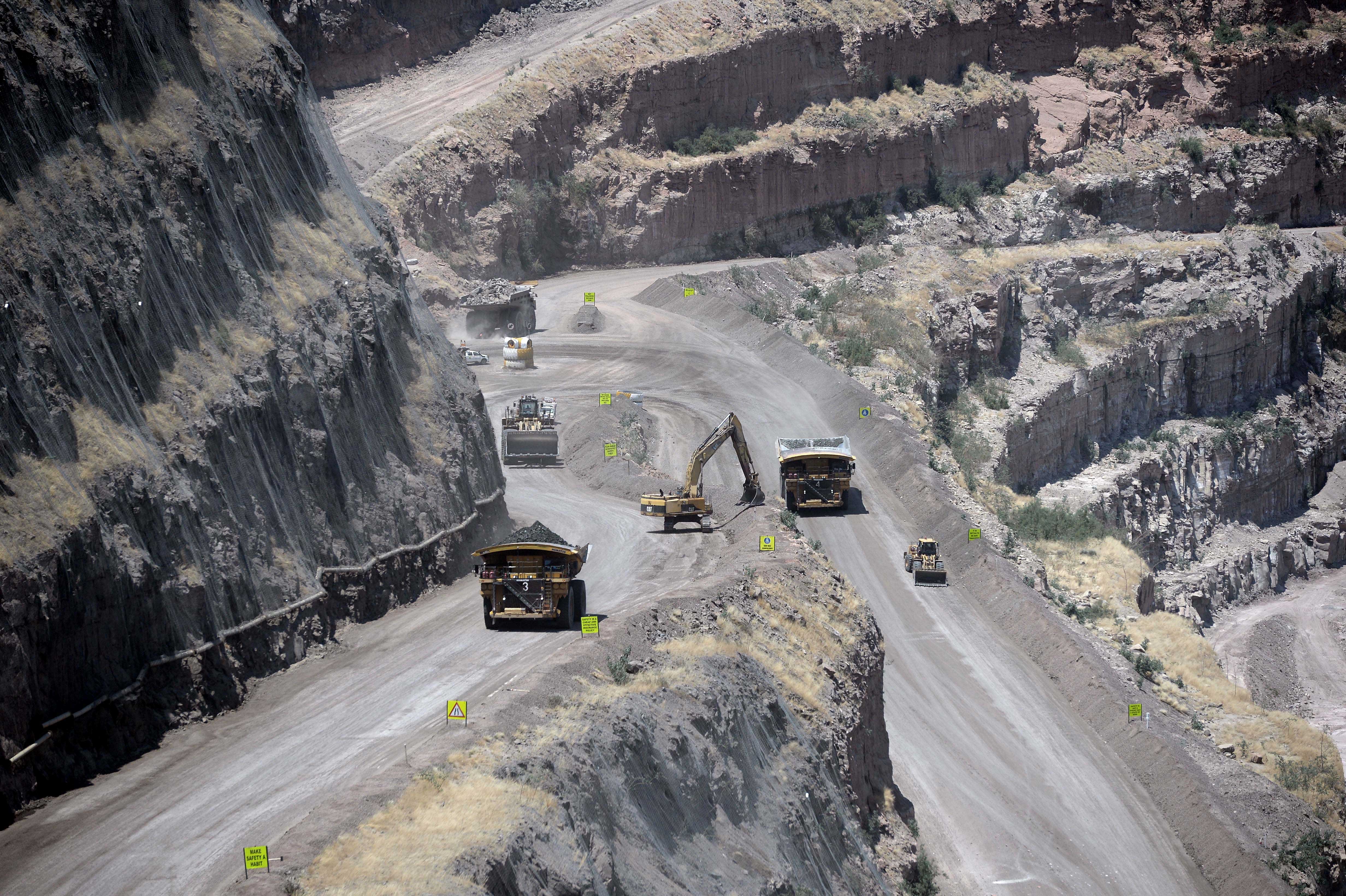- Non-mining dragged economic growth
- Diamond demand expected to accelerate GDP
GAZETTE REPORTER
Production of rough diamonds by Debswana, a diamond mining joint venture between government and De Beers was 6.3 million carats in the second quarter of 2018, a significant rise compared to 5.8 million carats mined in the first quarter and 5.8 percent higher than for the corresponding quarter in 2017, according to data availed by the Bank of Botswana (BoB).
Debswana, a company headed by Managing Director (MD) Balisi Bongongo has maintained its strategy of mining to match market demand.
Production at the Jwaneng Mine, the world’s most valuable diamond mine increased by 3.8 percent in the second quarter of 2018, compared to a contraction of 2.8 percent for the corresponding quarter in 2017, in response to favourable trading conditions.
Similarly, production at the Orapa Mine rose by 7.7 percent in the same period, mainly driven by healthy trading conditions and the commencement of operations at the Damtshaa Mine in January 2018, which had been under care and maintenance since the beginning of 2016. Meanwhile, the Tailings Resource Treatment Plant at the Letlhakane Mine, which is now operational, will have the capacity to produce up to 800 000 carats per year and it is envisaged that will extend the life of the Mine by at least twenty years. For Lucara Diamond Corporation, the operators of Karowe Mine, BoB says production increased by 41.4 percent to 81 507 carats in the second quarter of 2018, from 57 624 carats in the corresponding quarter in 2017. During the second quarter of 2018, a total of 253 specials (single diamonds larger than 10.8 carats) were recovered, including eleven diamonds greater than 100 carats. Special stones discovered accounted for 10.5 percent of total carats recovered during the same period.
According to Market Insider, diamond producers can expect business to pick up this year amid the increase in demand for the precious gemstones. Last year, rough diamond prices surged by as much as 2.7 percent while polished diamond dipped by as much as 3.5 percent.
Meanwhile, mining activity was unable to pull domestic growth in the past fiscal period because of the volatility in prices and demand.
GDP increased by 3.3 percent in the twelve months to March 2018, compared to a faster expansion of 4 percent in the year to March 2017.
The low increase is attributed to a slower growth of 3.8 percent in non-mining GDP compared to 6 percent in the previous year. This, in the main, reflects the deceleration in growth of output for the trade, hotels and restaurants sector, due to lower sales by De Beers Global Sightholder Sales (DBGSS) in the third quarter of 2017. Furthermore, the 0.3 percent decline in mining output, albeit lower than the contraction of 10.2 percent in the previous year, also moderated overall growth. The decline in mining GDP mainly resulted from the closure of the BCL and Tati Nickel mines in October 2016. In contrast, diamond output grew by 13.5 percent, from an increase of 1 percent in the previous year, reflecting improving trading conditions, particularly for rough diamonds in major markets. Similarly, coal output recovered from a contraction of 4.7 percent to growth of 19.9 percent, reflecting increased demand for coal for the Morupule B power plant. Meanwhile, output in the first quarter of 2018 was 4.8 percent larger than for the corresponding period in 2017, but 1.7 percent lower compared to performance in the last quarter of 2017.
Growth rates are reported on a rolling 12-month basis. For example, for 2018 Q1, the annual growth is calculated from the level of GDP estimated for the 12 months to March 2018 compared to the level of output for the corresponding 12-month period ending in March 2017.

